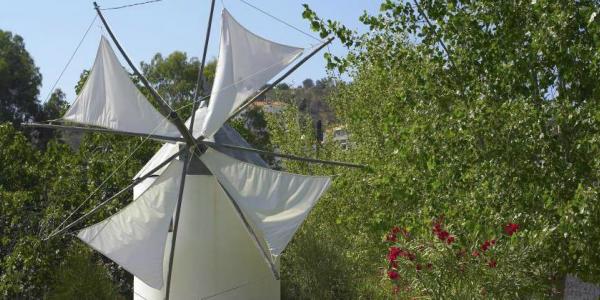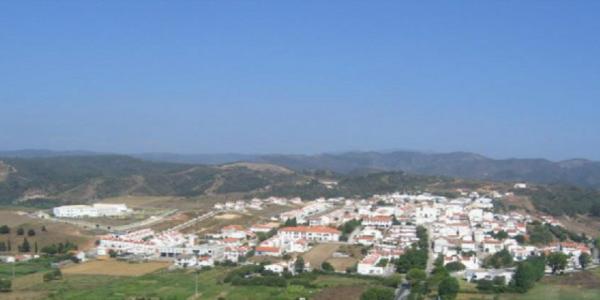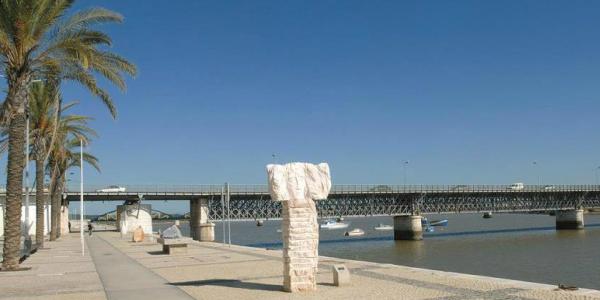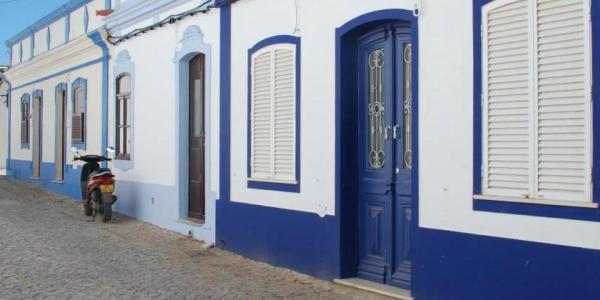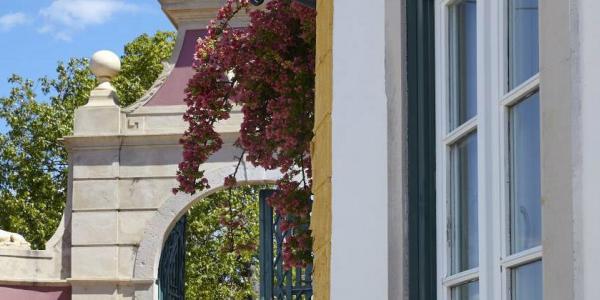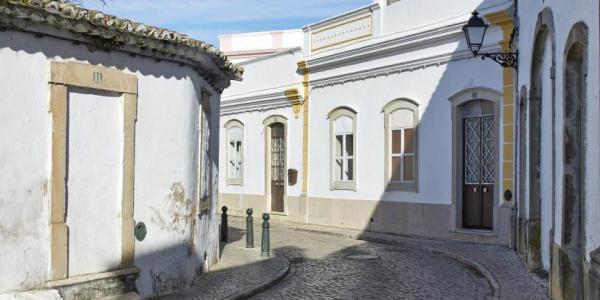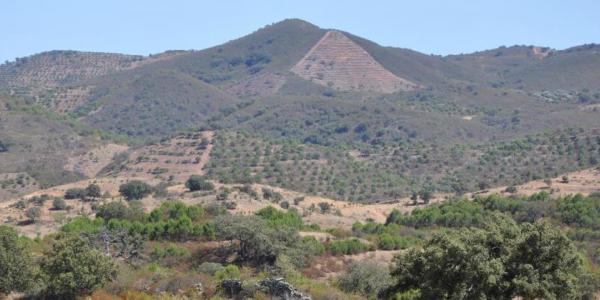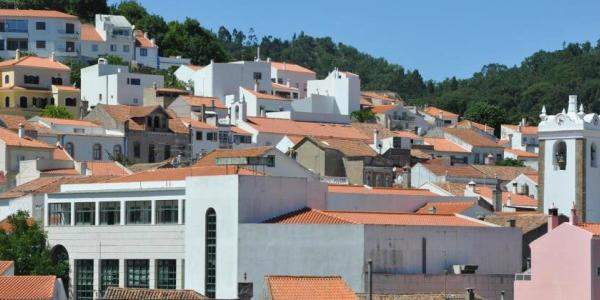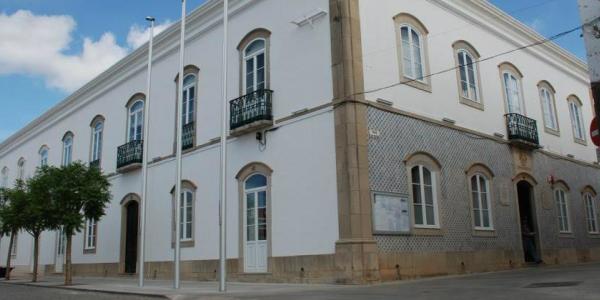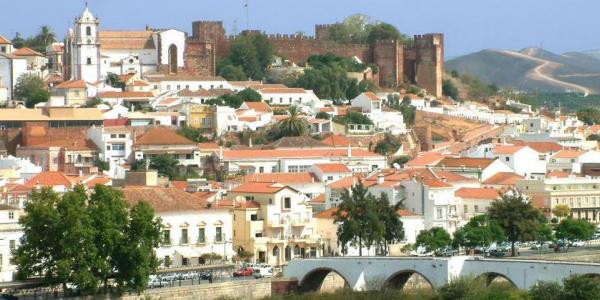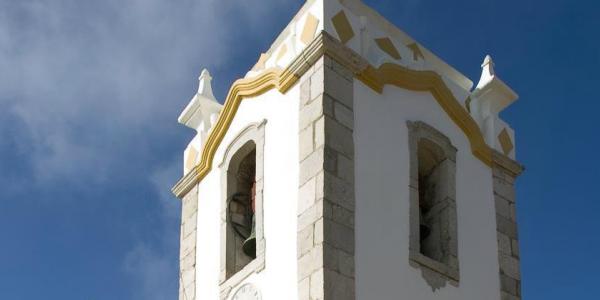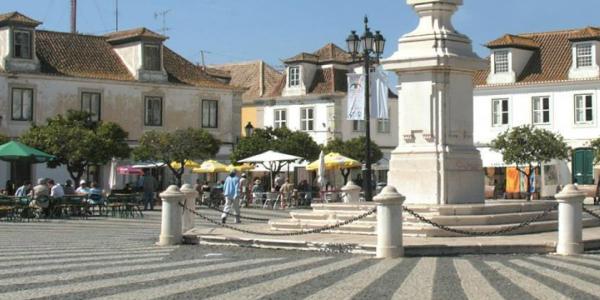Church of Nossa Senhora da Assunção (Our Lady of Assunção)
The Church dates back to the 15th-16th centuries, having undergone a reconstruction in the 18th century. It shows a Renaissance-style doorway with the busts of the Apostles St. Peter and St. Paul and decorated pilasters. The interior is composed of three naves, with arches supported by arched columns with bases and capitals decorated with hemispheres and strings.
Fortress
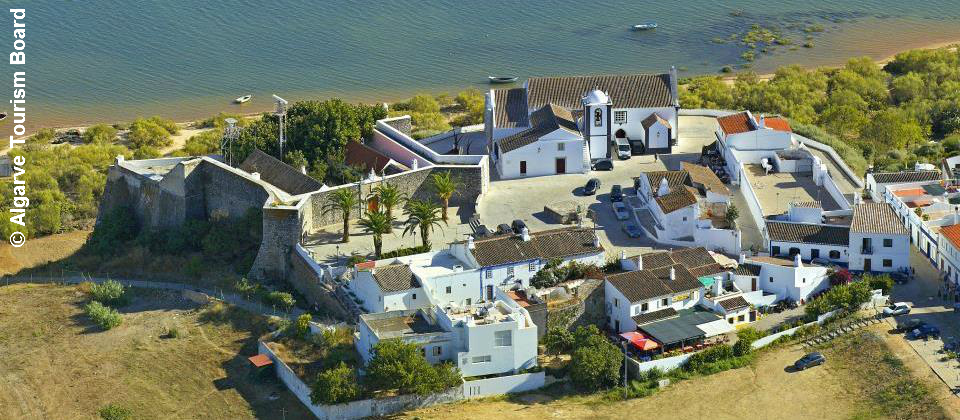
Having been a castle during the Muslim domain, the fortress underwent reconstruction works when already in ruins, in the 15th century by order of King João III or D. Sebastião, with no certainty as to which of the two monarchs actually took interest in rebuilding the defensive structure.
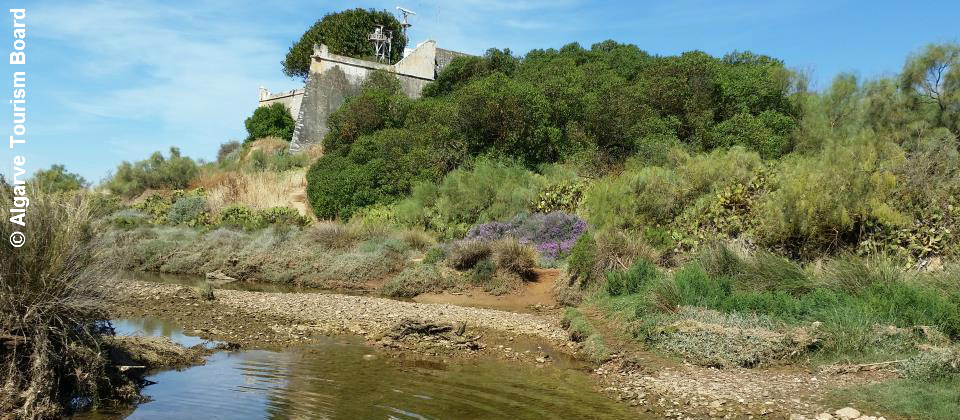
It is known, however, that the latter personally inspected the works in 1573. It suffered various vicissitudes in the following centuries and reports from 1617 state that the wall was ruined on the cliff side. The fortress was almost destroyed during the 1755 earthquake. Its current structure is attributed to D. Rodrigo de Noronha, who ordered its reconstruction, extending the works from 1770 to 1794. It features a trapezoidal plan with bastions at the protruding corners, and watchtowers.
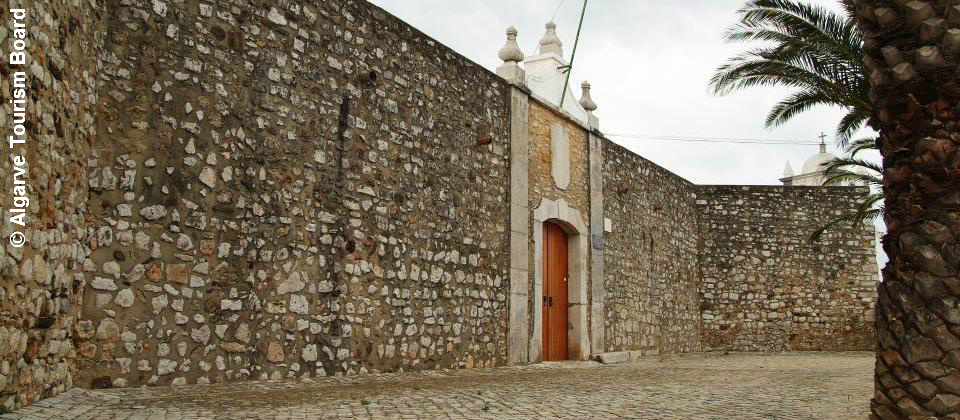
Casa do Pároco (Parish Priest's House) Information Centre
It is a space aimed at hosting visitors and for interpreting the historical, cultural and environmental heritage of Cacela and Vila Real de Santo António.



